With rising energy prices, growth in electricity consumption and an ever-nearing depletion of natural resources, there has never been a better time than now to discover new ways of conserving energy at home.
Every little step we take, as individuals or collectively, can help to curb consumption and save energy. These actions can often be as simple as turning off lights, reducing the temperature in a room, or even checking that home insulation is up to date.
These changes don’t need to cost a lot, if anything all, but you’ll certainly feel the benefit in your bank balance, and internally it will feel great to be helping the planet.

Table of Contents
Why do we need to Conserve Energy?
According to studies, in recent years, demand for electricity has been rising and this is set to increase by a further 4% globally in 2022.
The generation of power from renewable sources can’t yet meet the demands of many countries. This means that a large percentage of the energy we consume today still derives from fossil fuels.
Refining these fuels into energy for cars and electricity for home use, means releasing huge quantities of carbon dioxide into the atmosphere. This can cause all sorts of issues, placing a strain on the planet’s natural resources and on our health.
By learning to use different renewable energy sources or finding out how we can conserve energy, both as individuals and as a collective, can help to minimize these risks. After all, if we consume less energy, utility companies won’t need to produce as much!
Environmental Benefits
As mentioned above, the majority of countries around the world still get most of their energy from fossil fuels. When fossil fuels are harvested from the earth, they can’t be replaced – these are known as non-renewable energy sources. In turn, the continued depletion of these substances from the earth, tips a natural balance – contributing to global warming, changing weather patterns, and rising sea levels.
Carbon dioxide is a major contributor to the greenhouse effect and when these fumes are released into the atmosphere from burning fossil fuels it helps to speed up the process – and not in a good way.
Some simple changes that we can make to lower our own carbon footprints include making a shift to solar power, changing lightbulbs to LED, and we should always ensure that we invest in energy saving appliances.
By now you’re probably thinking, one person’s actions can’t make a difference, but with around 330 million citizens in the USA alone, think what a transformation it would make to the planet, if even just a third of people made tiny changes to the way they consume energy in the home.

This article may contain compensated/affiliate links. See our full disclosure here.
Saving Money
With energy prices increasing and the cost-of-living soaring, many of us are looking for ways to reduce and save money on our utility bills each month. By becoming more sustainable and learning how to conserve energy in your home, you should begin to see your bills reduce over time, leaving more funds in your pocket.
Martech Advisor predicts that every customer will own 15 connected IoT (Internet of Things) devices by 2030, taking the figure from 46 billion in 2021 to 125 billion worldwide in the next eight years.
When we consider these figures, the energy consumption and cost to run all of these devices in each home will be significant. Therefore, if we look at ways to reduce energy consumption now, research the most efficient products, only purchase and use ones we really need and make small changes, we can ensure that our planet, and money is saved in the long-term.
Ways to Save Energy
There are many methods for conserving energy, it just takes research, knowledge, and a routine for everyone in the household to stick to each day. Within weeks you’ll begin to see significant changes, from a reduction in costs to a healthier, safer environment for all.
Want to know how you can make energy savings? Here are 30 easy ideas for saving energy at home to help you start your journey.
Change Your Lightbulbs
One very simple action you can take is changing your lightbulbs to make them more energy-efficient. Did you know that only 10% of energy in traditional incandescent bulbs is converted to light? The rest is lost in the room as heat.
However, LED lightbulbs (Light-Emitting Diodes) convert more energy but emit less heat than a traditional bulb, plus, they have up to 10-15 years lifespan compared to a regular lightbulb which has around 1.5 years!
As you use less electricity, you reduce your carbon footprint and your bills too! In fact, the Energy Saving Trust calculated that if a single household replaced their regular light bulbs with LED bulbs, they could reduce their carbon emissions by around 40kg per year – that is the equivalent of driving almost 150 miles.
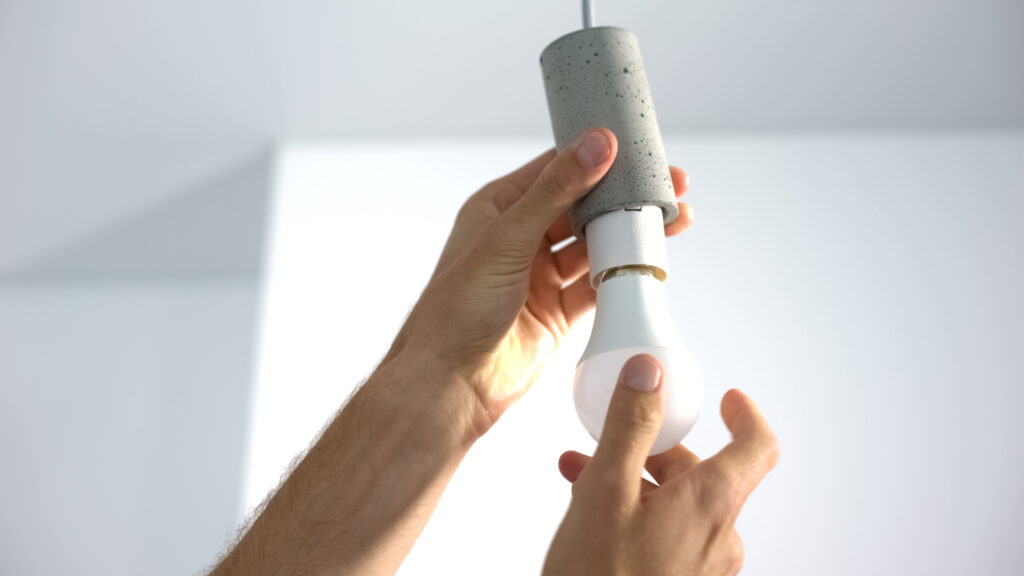
Install Automated Sensor Lighting
Sensor lighting both inside and outside your property can help to reduce the amount of time that lights are on, thus, reducing energy bills.
These lights detect presence and only illuminate if someone is approaching. Some of these lights can also be controlled by a dedicated app, allowing you to switch lights on and off around the home, dim them or connect them to motion detectors.
They can also be timed to light up the house at certain times of day, such as when you’re due home from work or early in the morning when you get up.
Check Your Air Filters
Did you know that an air conditioning system in the home can account for around 12% of your annual energy spend? In hotter climates, during the summer months, it can be the biggest user of electricity in the entire house.
Air conditioner filters are a big part of an HVAC system, they purify and filter the air moving around the home, and remove any allergens, helping to keep your health in optimal condition.
If dust and dirt build-up it can block the pipes, changing the temperature and increasing energy usage and cost. Stay on top of this by changing your air filters regularly to counteract any buildup.
Using your Refrigerator to Save Money
Refrigerators are another major source of energy consumption in a US home, but simple tweaks can help you save energy. Only open the door for short periods of time, choose an energy-saving appliance that meets North American EnergyStar® requirements, and only select a refrigerator size to suit your purpose – the larger the unit, the bigger the bills.
If you’re feeling guilty about the amount of food in your fridge, don’t! A refrigerator that is three-quarters full actually helps to regulate the temperature, making it more energy-efficient than an empty one.
Finally, regulate the temperature, the ideal is around 4-5 degrees Celsius, and remember to regularly clean the back of the fridge as dust can amount to up to 30% of overconsumption. If your refrigerator has a power-saving mode, you can use that too!
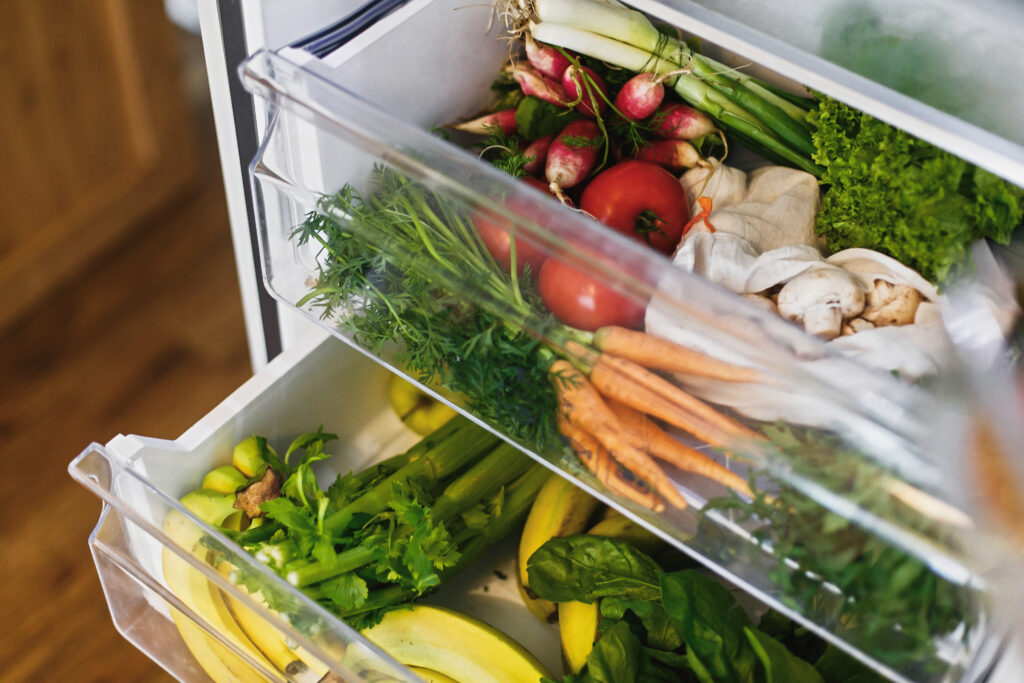
Unplug Electrical Devices
Leaving your laptop on when it’s not in use wastes energy, and the process can also shorten the lifespan of the device.
The same applies to printers, TVs, phones, and tablets. These days data is constantly being transmitted day and night, so if your device’s light indicator is on, it’s still burning power unnecessarily. If you’re not using a device at a specific time, don’t leave it on standby, turn it off completely.
Many people aren’t aware that battery chargers also still draw power if they are plugged into a socket, and this can equate to a whopping 8% of your home’s annual electricity bill, and that’s even when electrical devices aren’t attached to them! Therefore, it’s advisable to unplug everything completely to reduce energy consumption.
Make your Dishwasher Work for You
None of us like washing dirty dishes, but you can tackle them in an energy-efficient way to help you save money and the planet. Many people ask if it’s more eco-friendly to hand-wash dishes rather than run dishes through a dishwasher cycle, and the answer is not really.
A standard dishwasher can use around 9.5 liters of water each cycle, while if you handwash dishes – including rinsing, you can use anything up to 60 liters in one session. However, that said, dishwashers are often used unnecessarily with quarter and half-loads on a full cycle.
Save further by using the ‘economy mode’ setting, don’t pre-rinse dishes, and always wait until there’s a full load to wash.
Related Reading: Zero Waste Dish Soap / Best Zero Waste Dishwasher Detergent
Use Your Stove & Oven Efficiently
Ovens can be a high source of energy consumption in the home, therefore, it’s wise only to preheat when necessary, and try not to open the door frequently to check on food as heat is lost each time you do it. Instead, use the timer.
If your stove is electric, pans that make direct contact with the elements can ensure that food is heated up quicker, thus cutting down on the time the stove has to be turned on.
Try to match the electric stove plate with the size of the pan too. These small changes help energy efficiency and can have a positive effect on bills in the long term if applied regularly.
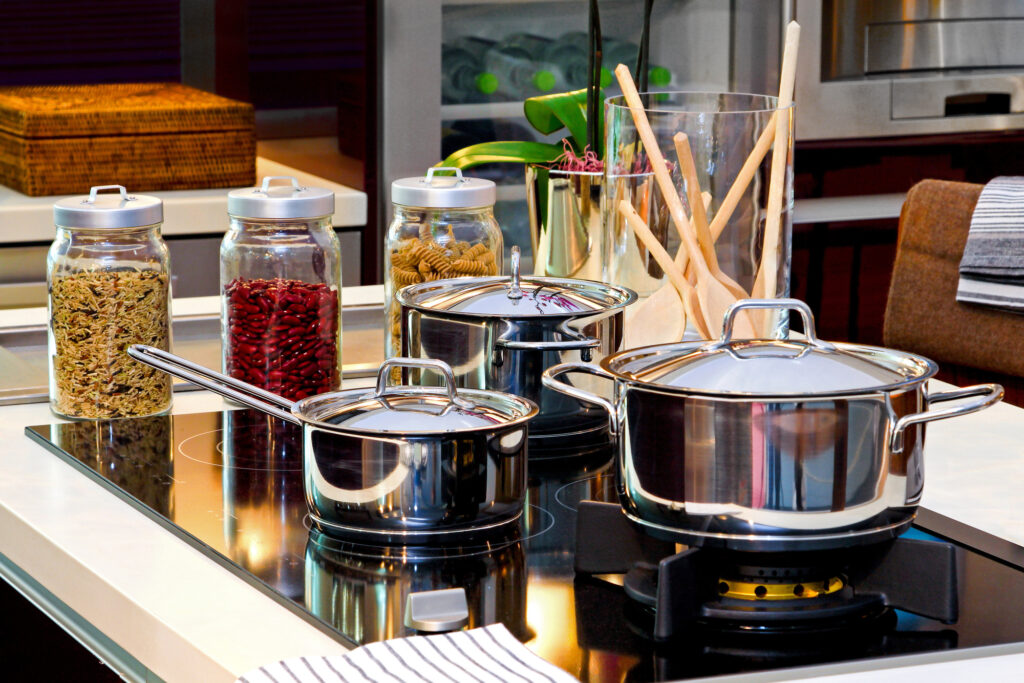
Wash Clothes With Cold Water
Most laundry detergents work well with cold water as well as hot, therefore, when washing clothes, try setting the dial to hand wash, cold or eco-wash settings and wait until you have a full load before switching the machine on to prevent wasting energy.
Related reading: How to Have a Zero Waste Laundry
Air Dry Instead of Tumble Dry Clothes
If you have outdoor space and a place to drape washing, whether in a garden, on a balcony or rooftop, always opt for air-drying clothes rather than popping them in a tumble dryer. Not only do they smell cleaner and fresher after billowing in the breeze, but the practice is also eco-friendly can also save you lots of money over the course of a year.
A tumble dryer, after a fridge, is the second-highest energy consumer in the household – by switching to air-drying, you can reduce your home’s carbon footprint significantly.
Check Doors and Windows are Correctly Sealed
Up to 30% of heat from homes is lost through the windows and doors according to the Energy Information Administrator, and this can have an effect on your comfort and bank balance.
Check around the windows for air leaks and seal any gaps. You can do this by taking a candle and moving it around the edges of each window. If the flame begins to flicker, identify the gap, and seal it before checking again.
Use full-length, heavy, black-out style curtains to help to insulate a room and if budget permits, invest in double-glazed windows, if you don’t already have them, as this helps to reduce heating costs dramatically.
When it comes to the doors, check all screws and hinges are tight, fill in any cracks and adjust the threshold to keep heat from escaping.
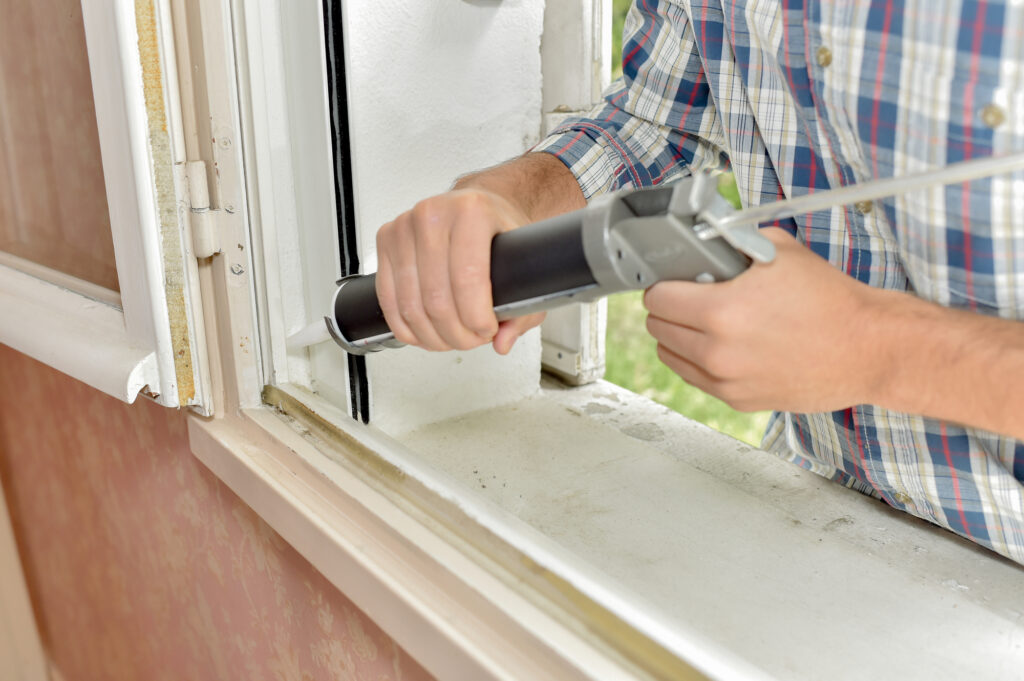
Change the Thermostat Settings
Did you know that heating and cooling makes up around 50% of a home’s energy usage each month?
Turning the dial down by just two degrees in colder months can save money, energy, and the environment according to World Wildlife.org.
The Department of Energy also tells us that by reducing the temperature by around 7°- 10°F before leaving the house for a day’s work can save up to 10% on your energy bill a year.
It’s also a good idea to invest in a programmable thermostat, then you can adjust timings to suit your needs.
Insulate or Cover Wooden Floors
Another way for heat to escape is through gaps in hardwood floors. Up to 10% of your home’s heat can be lost if floors are not insulated properly according to the National Energy Foundation.
Over long periods of time, floorboards tend to contract or expand, and this can leave gaps and cracks in the flooring. it’s a good idea to check regularly for this and pop cozy rugs or blankets over hardwood floors to help reduce heat loss.
Turn Those Lights Off!
The longer your lights are turned on, the more energy they will consume and the more costly it becomes. If you’re not going to be in the house, either set a timer for the lights to come on when it gets darker or turn them all off completely when not in use.
The cost-effectiveness of turning off your lights also depends on the lightbulbs you use. The general rule with CFL lighting is – if you are out of the room for longer than 15 minutes, turn it off. Even though these bulbs are energy efficient, their lifespan is dictated by the number of times they are switched on and off.
LED lights are less affected by turning them on or off, it doesn’t deplete the bulb’s lifespan, but it does save you money, as does turning off any electronics and appliances which aren’t in use.
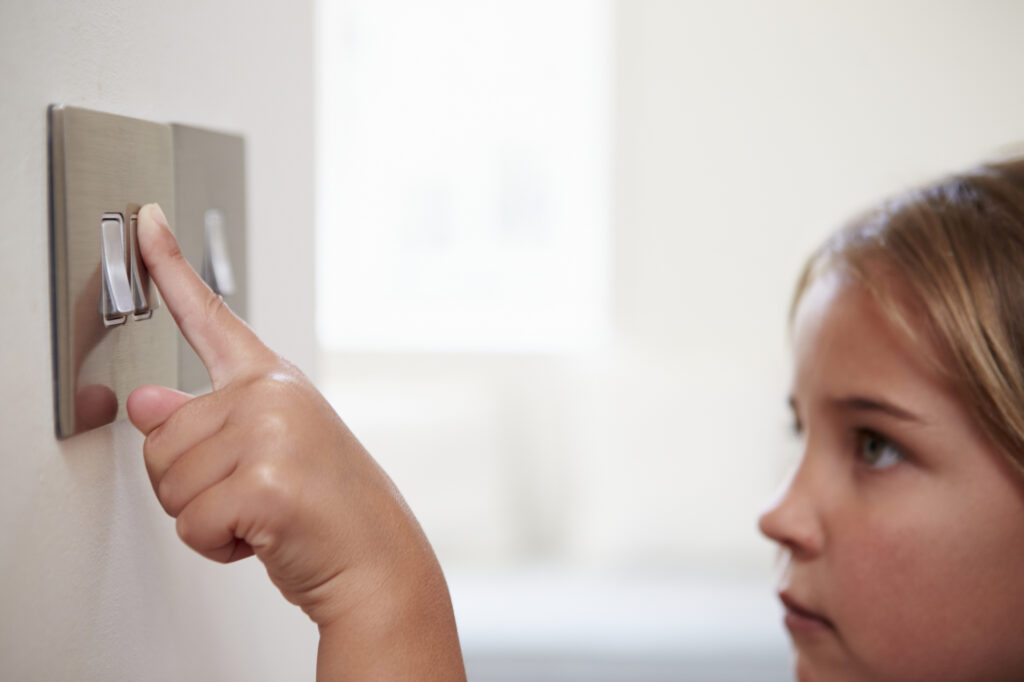
Change the Showerheads and Faucets
Taking a shower compared to a bath helps to conserve water and energy, but when you change your showerheads too, even greater things begin to happen.
Seventy per cent of the water used in showers is hot, therefore, by reducing the amount of water you use and the temperature, and by replacing your regular showerhead with a low-flow, water-saving showerhead you can reduce natural gas and electricity bills.
You still get the exact amount of water you need both with a new showerhead and faucets, without over-consuming and wastage.
Utilize the Shades in your Home
If you’re looking for simple ways of how you can conserve energy, let nature heat or cool your home and utilize your shades.
By using thinner shades during summer, you can encourage heat in from outdoors, and in winter, if you use thicker shades it helps heat remain inside the room.
You can open and close them at certain times of day depending on which direction the room faces, helping to maximize natural heating and cooling throughout the year.
Invest in Energy-Efficient Appliances
A lot of devices and appliances in homes (particularly rental properties) are not energy efficient, especially if they are older appliances.
If it is time to invest in a more energy-efficient appliance always look for the EnergyStar® blue label or logo. These appliances tend to last longer and also can reduce energy bills in the long term.
A good time to purchase a new high-value appliance is during the sales at the end of the year. Later in the year, stores make way for new models being released and tend to discount high-value goods heavily.
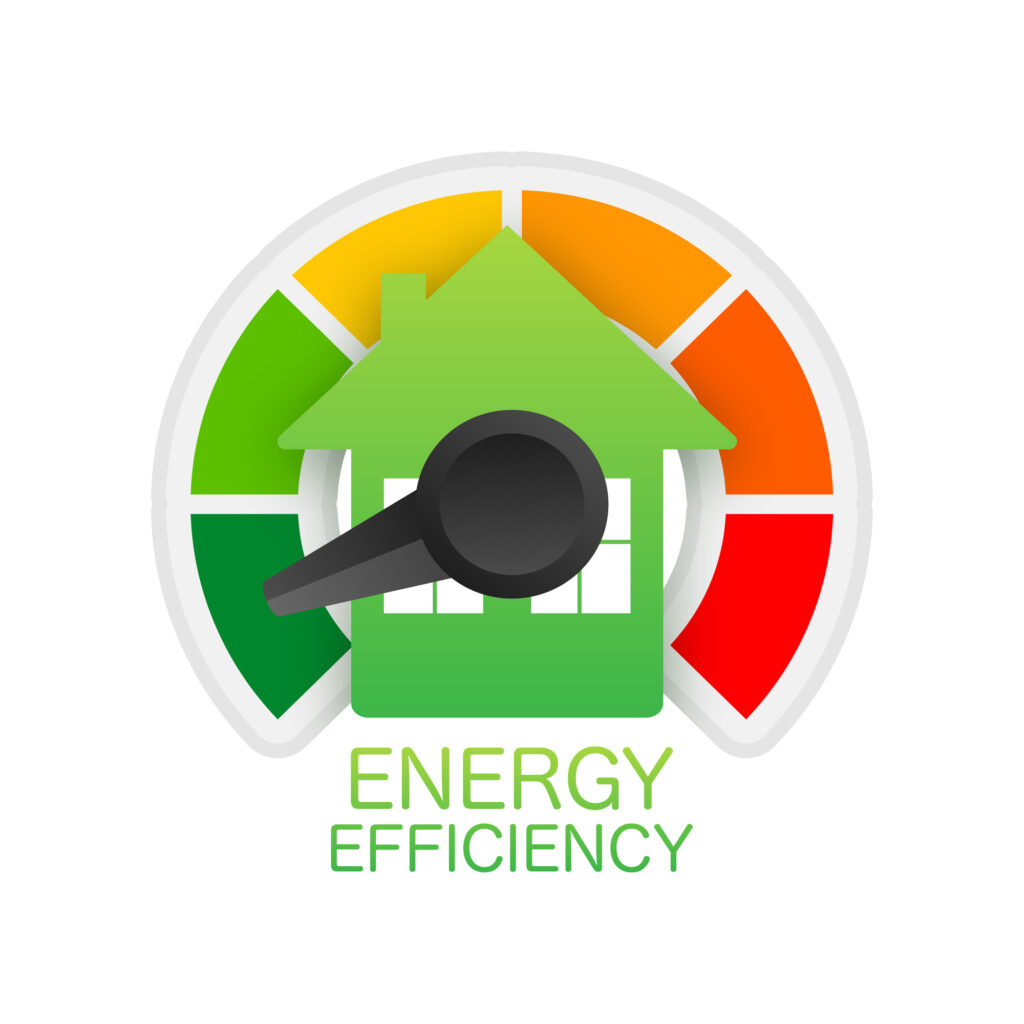
Repair or Recycle Your Electronics
These days we are moving from a linear economy to a more sustainable circular economy, where we repair, reuse, and recycle electronic appliances, so that they can continue their lifecycle over and over, thus helping the planet.
If it’s time to replace a laptop, TV, or smartphone, take it in to be repaired or recycle it and let someone else gain the benefit for a while. In these cases, minimal energy and resources are used, and it saves you money!
Use the Lowest Water Heating Setting
You can make great savings by lowering the settings on your water thermostat. Although many manufacturers set them to 140° F, the optimal temperature is around 115-120° F which slows mineral build-up and prevents the heater and pipes from corrosion.
Lowering the temperature also helps to reduce heat lost from the water heater which causes higher bills, thus saving you money.
Improve Insulation
Insulation is designed to prevent heat from escaping from your home interior in colder weather and it reduces the level of heat entering your home when it’s hot.
Insulation is often found in attics, floors and walls and the effect it has on your home can be maximised by double-glazing windows and external doors.
The insulation materials are measured through what the industry calls an R-value. Basically, the higher the value, the more energy-efficient your home becomes. It may be more expensive initially, but if you do invest in high R-value insulation, it’s good quality, effective material that will save you hundreds of dollars in the long term.
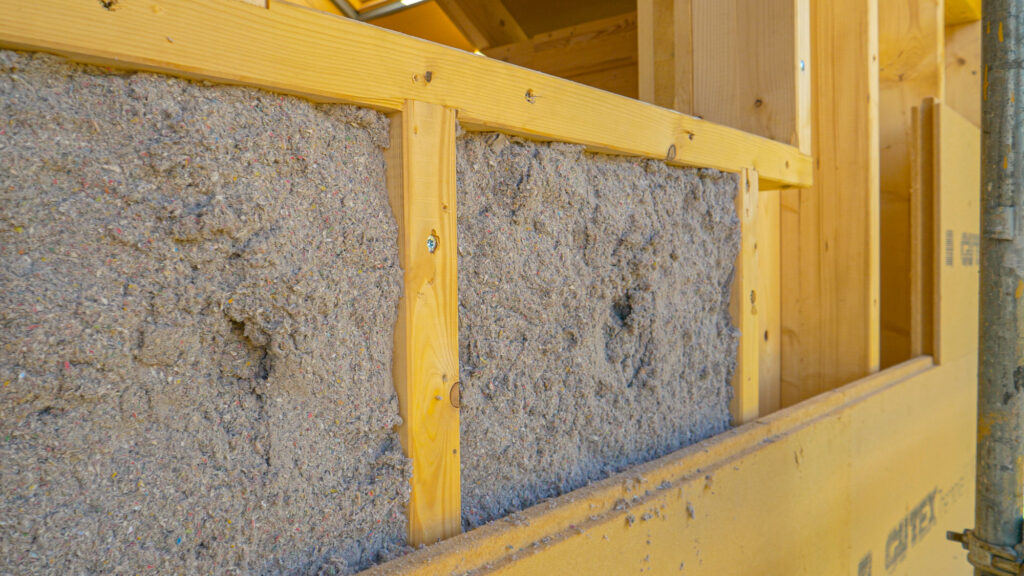
Improve your Laundry Processes
Most households do laundry more than once a week, and although washing and drying appliances are much more energy-efficient than they used to be, they still use a lot of electricity.
Some tips for efficient washing include setting a cooler wash cycle, using shorter cycles, washing only full loads, increasing the spin speed so that clothes dry quicker, and always remembering to turn the washing machine off completely when the laundry is complete. If it’s on standby, it’s still costing you energy and money.
If you do have to use a dryer, don’t overload, untangle the washing prior to inserting and use an auto cycle that uses sensors to detect when clothing is completely dry, so that you don’t use more energy than is necessary.
Keep Radiators Clear and Accessible
If you have central heating in the home, avoid placing large items of furniture directly in front of the heaters, particularly during winter months. This can block heat from the room and the item of furniture absorbs it instead, which is a waste of energy.
Another tip is to place a shelf above any radiators or heaters to prevent the heat from rising too much. The process helps to keep heat in the room, so it stays nice and warm and cozy.
Make the Move to Solar
There are little ways in which you can incorporate solar power into your home, and it doesn’t have to cost a fortune. You can begin by using phone chargers powered by solar energy. They are relatively cheap to buy, portable and easy to use.
It’s possible to use solar ventilation fans to help cool your home without using any electricity and you can even light the outside of your home to begin with using solar power. Those who love the great outdoors and camping can also use solar energy to cook food with a solar oven!

Spend less time in the Shower
If you’re fond of taking long leisurely showers, it can waste water and add quite a bit to your annual water and electricity bill. If you take a shower each day, it is recommended no longer than 4-5 minutes per person.
You can use a shower timer to set a limit to help you conserve water and shortening the time by just a minute or two can save up to 150 gallons every month.
Switch to Renewable Energy
Twenty percent of US greenhouse gas emissions come from energy used in the home. However, you can reduce your carbon footprint with a clean energy plan, where you’ll use 100% renewable energy including solar, wind or hydro energy in your home.
The impact of changing your plan from non-renewable fossil fuels to renewable energy is quite surprising, the equivalent of recycling for the entire year 7 times over.
Use Natural Lighting
The use of natural light in the home is an easy way to reduce energy consumption and keep bills lower. Larger gallery style (double-glazed) windows and skylights let in lots of light during the daytime, reducing the need to turn lightbulbs or lamps on around the home.
East and west-facing windows provide good quality morning and evening sunlight, but south-facing windows are the best for moderating temperatures and letting the most sunlight into your home all year round.
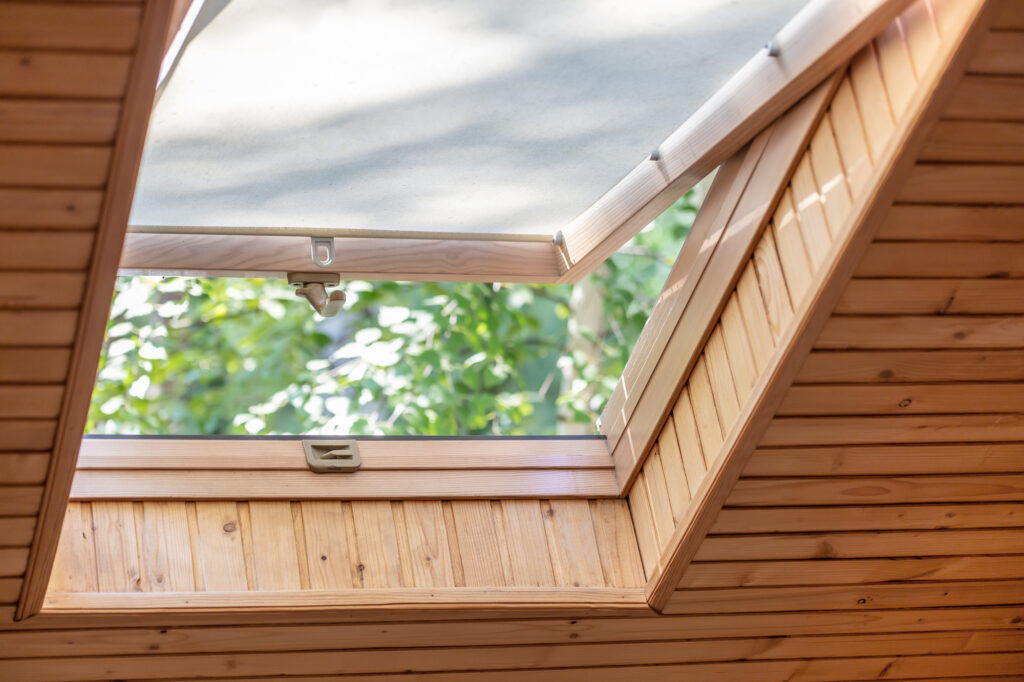
Monitor Energy Usage
We are well and truly in the age of the IoT (Internet of Things) and smart meters are becoming used ever more frequently in households throughout the western world. These smart meters were rolled out initially in 2006 and basically allow you (and utility companies) to gain more information about the amount of energy you use.
The meter transmits data back to your utility company regularly and you are charged based on what you use instead of being presented with an estimated bill.
It will tell you things like how much energy you use when you boil a kettle, you can see how much it costs when you have the TV on, and a laptop and phone charging at the same time for example.
However, do research as to whether you want one in your home. As there are huge amounts of data transferring back and forth regularly, they emit a lot of EMF’s (Electro-Magnetic Frequencies) which many people are susceptible to.
Batch Cook
Many of us spend a lot of time during the week at work, and sometimes the thought of preparing a meal after a long day is not appealing, so we order take-out instead.
This process consumes a lot of energy and can become costly over time, but there is an alternative – batch cooking.
Batch cooking basically means preparing meals in advance, sealing the meals in containers, and freezing them to heat and eat at a later date.
You use the oven and stove just once initially for preparation, then the food takes less time to heat up when you want to eat it. Leaving the food to marinate for a few days also enhances the flavour. You won’t increase CO2 emissions by ordering food, which then has to be prepared and then delivered to your home, and you won’t have to drive to go and get it!
It’s a quick, easy, and convenient process that can save energy use and money, plus there won’t be any food wastage.
Portable Air Conditioners
If you live in a climate with warm year-round temperatures, having some form of air conditioning in your home is likely to be of importance. The problem with most HVAC systems is that they heat and cool each room at the same temperature simultaneously, and if you’re not using some of those rooms, this leads to wasted energy and money.
If this is the case, consider using portable air conditioners. Not only are they cost-effective, but they can also move around the rooms with you as they are lightweight, so they only have to function in the room you’re sitting in at the time!
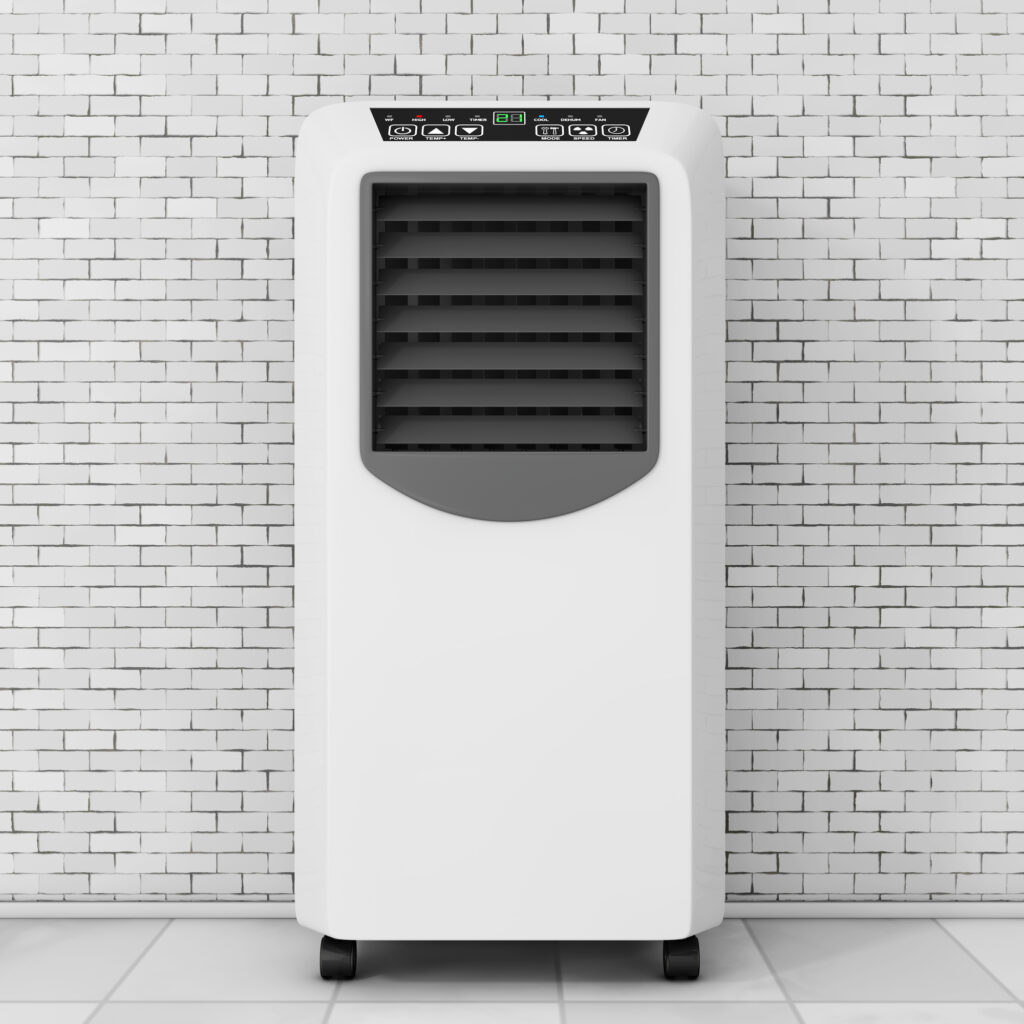
Educate the Family
A great way to put energy-saving plans into practice is to educate everyone in your household. Assign small jobs to each other on a rotational basis so that everyone begins to understand how to save energy at home.
This small change will help children learn how appliances and energy consumption work and make them more aware of how their actions can help protect the planet for future generations.
Go Completely Off-Grid
One of the best, and most interesting ways to conserve energy, reduce consumption and save money long term is to live completely ‘off-grid’. This means you are not attached to any mains utility services, instead, you generate your own energy through natural resources.
Although not an appealing concept for many, these days there are innovative, self-sufficient houses popping up all over the world.
It’s now possible to draw the earth’s natural heat to warm a home and heat water from geothermal pumps in the ground, rainwater can be harvested, filtered, and used for washing and growing fresh produce, and solar and wind energy can power entire villages.
If you’re interested in learning more about living off-grid, check out Apple TV’s docu-series called ‘Home’ for inspiration!
These are just a few ideas for saving energy in the home, we hope you have enjoyed them. As you can see, these are just small steps to take that help to form a greater picture, most of them cost you nothing or very little to implement, it’s just a case of making little adjustments in your daily life.
By sticking to this routine, you’ll be helping yourself save money on bills, and will also be helping the environment for many years to come!

